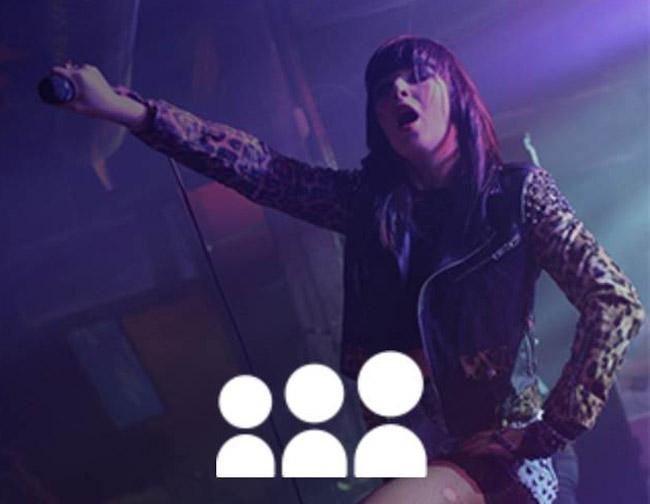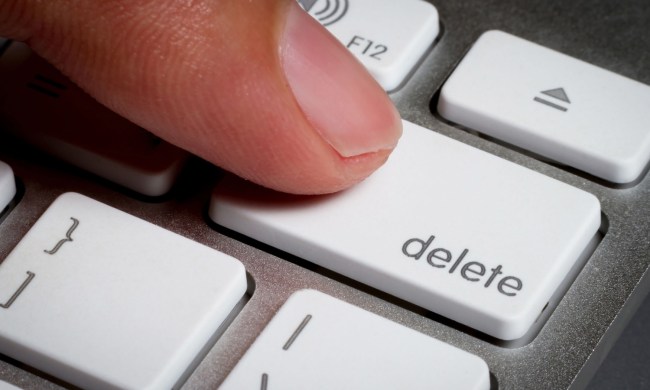
It was about a year ago that I got a call asking if I’d like to fly to L.A. to meet with the new Myspace owners – Tim Vanderhook, Chris Vanderhook, and Justin Timberlake – and get a demo of the beta version of the forthcoming relaunch. Because I’m a human being, the answer was obviously yes. Tying Timberlake’s name to Myspace was a weighty decision, and one that could overshadow the site itself. But despite this, I had to admit: This new Myspace thing was pretty cool.
Now it’s been a year and there have been some significant milestones: Myspace continued its reemergence at SXSW this past spring with a slew of secret concerts featuring impressive headliners, officially opened it’s doors in June, and launched its iPhone and Android apps.
Some of my initial enthusiasm toward the site has waned, but I continue to get alerts notifying me that users are connecting to me, suggesting that people are indeed using it.
Well today Myspace is releasing some hard numbers supporting this hunch: Myspace now has 36 million users. Just after the official launch, the platform saw a jump up to 31 million users and has kept on a steady pace since then.
The people driving this growth, according to Myspace, are “millenials and artists.”
“70 percent of the Myspace community is 35 or younger … the number of artists on Myspace has increased 340 percent since the relaunched, fuelled in part by artists including Pharrell Williams, El-P and Killer Mike (aka Run The Jewels), and CHARLI XCX.”
Musicians are dominating – no surprise there – but Myspace also notes that the visual aspect has drawn photographers and designers, “who comprise the second-most popular [type] of artist on the site.”
It’s impressive growth to be sure, and the momentum is working in Myspace’s favor. If there’s any criticism to be raised, it’s that a network of creators isn’t always sustainable. You need the symbiotic relationship between makers and consumers; Facebook’s success isn’t built on the backs of users who create things and host them there, it’s far more parasitic than that. We, the users, go out and find the things that other people are making and curate them there via Facebook Share or Exchange, or even just manual link-bearing status updates.
Of course, Myspace is not Facebook; it’s singularly focused on music (and art) discovery and streaming, so a direct comparison isn’t fair. Still, there must be some concern that an platform filled with artists needs pure listeners, too, and that demographic isn’t growing as quickly.
Spotify has, of late, tip-toed into including social elements in its streaming client – though there are far more restrictions to its setup than Myspace’s. Regardless, these two applications arguably have the most in common and compete for users. Spotify’s a tough opponent to take on, but Myspace continues to make a case for itself, and its relationships with up-and-coming artists certainly puts Spotify’s to shame.
We are a society of consumers, but there’s something to be said for unabashedly supporting creators. Now you just have to hope these artists get the listeners they so badly want.


